Waterproofing
Waterproofing is the formation of an impervious barrier to prevent water seepage or leakage from various sections of building structures.
Below Grade waterproofing
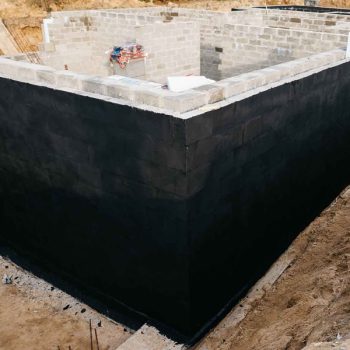
Below Grade Waterproofing is the process of waterproofing underground areas, such as basements, underground storage, water tanks, trenches etc.. In these area water and moisture must be controlled.
Types of Below Grade/ Underground structures:
- Basement
- Blindside Walls
- Foundation/ Retaining Walls
- Below Slabs/ between Slabs
- Tunnels
- Lift Pits
- Diaphragm Retaining Walls
- Underground Car Parks
Above Grade waterproofing
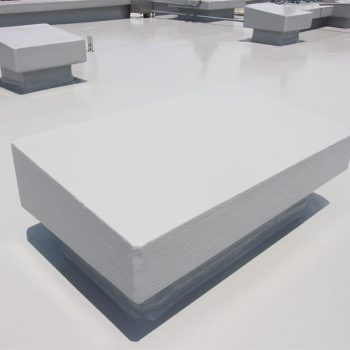
Waterproofing of surfaces above grade is the prevention of water intrusion into exposed elements of a structure or its components.
Above Grade Application
- Roofing (Exposed & Protected)
- Decks & Bridge Decks Coatings
- Slab-on-grade, Floor, Walls & Exposed foundation
Waterproofing wet areas
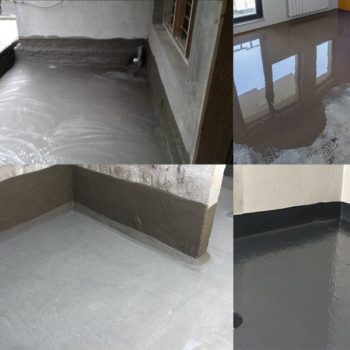
Area within the building that is frequently subjected to running water. This includes bathrooms, showers, laundries, kitchen and sanitary compartments.
Types of Wet Areas:
- Shower Area
- Bathrooms
- Areas adjacent to bath and spas
- Laundries, Kitchen and WCs
Waterproofing of water retaining structures.
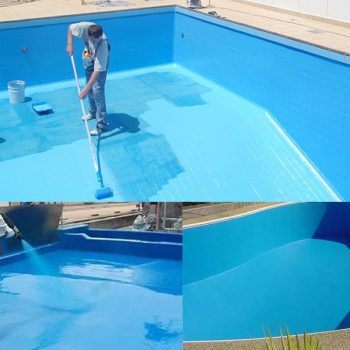
Structures that are made to hold water for different purposes. This needs a system of waterproofing which should be able to stop water leakage.
Types of water-retaining structures:
- Swimming Pools
- Reservoirs/ Water Treatment Plants
- Ponds and Water Features
- Planters
- Water Tank, Dams
Sewage & water treatment plant
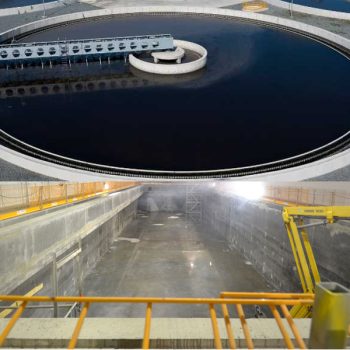
The industrial wastewater treatment facilities consist of large reinforced concrete tanks, which deteriorate and develop cracks over time, allowing the contaminated effluent to escape, causing a serious environmental hazard. Therefore, waterproofing of water/ wastewater treatment facilities solves many common problems, including deteriorated performance caused by erosion-corrosion in pumps, chemical attack in fluid handling systems, water ingress/leakage from equipment & structure, and mechanical damage to equipment throughout these facilities, which will add protection against the aggressive environment and reduce maintenance cost from the cleaning process.
Types of sewage & water treatment work
(Areas of application):
- Sewers / Manholes
- Water Treatment Plants
- Spillways
- Rotating Scraper blades
- Sand filter beds
- Settlement and Sewage Treatment Tanks
